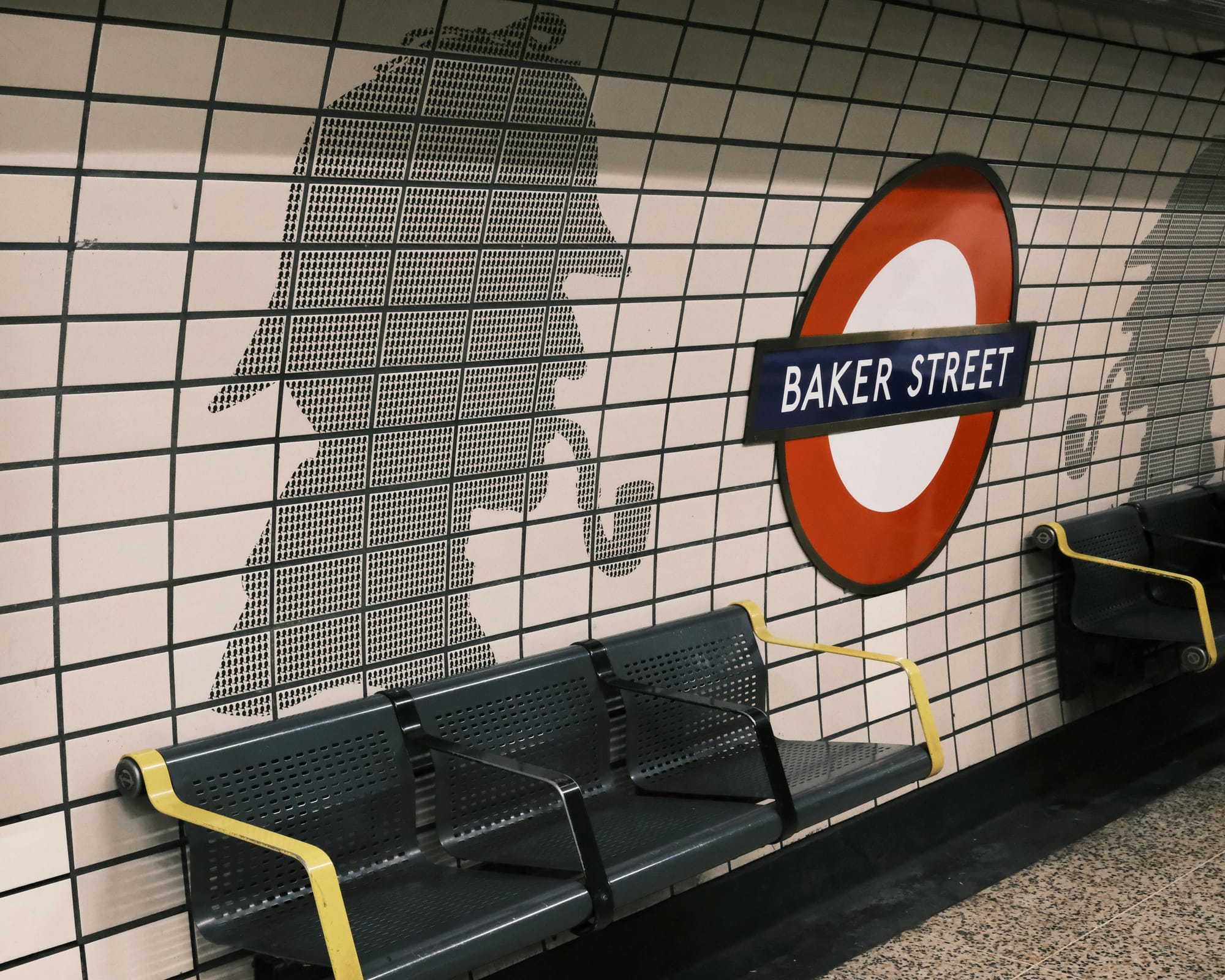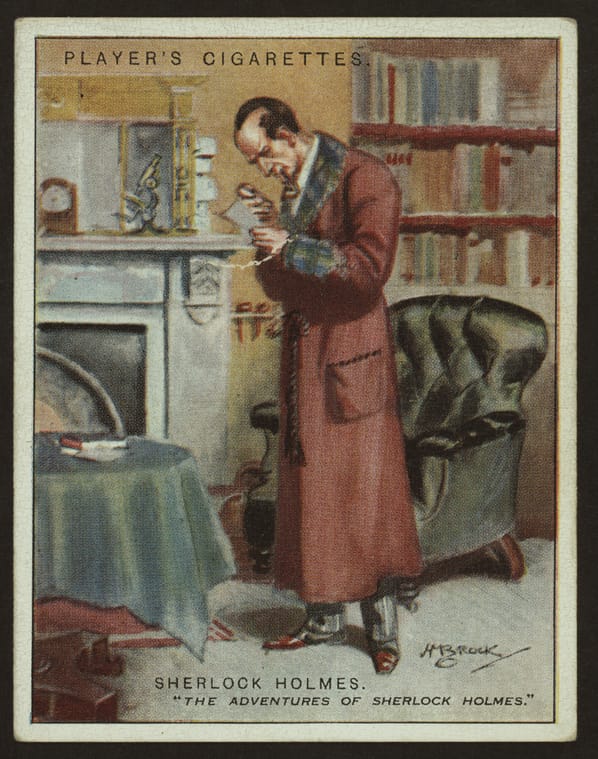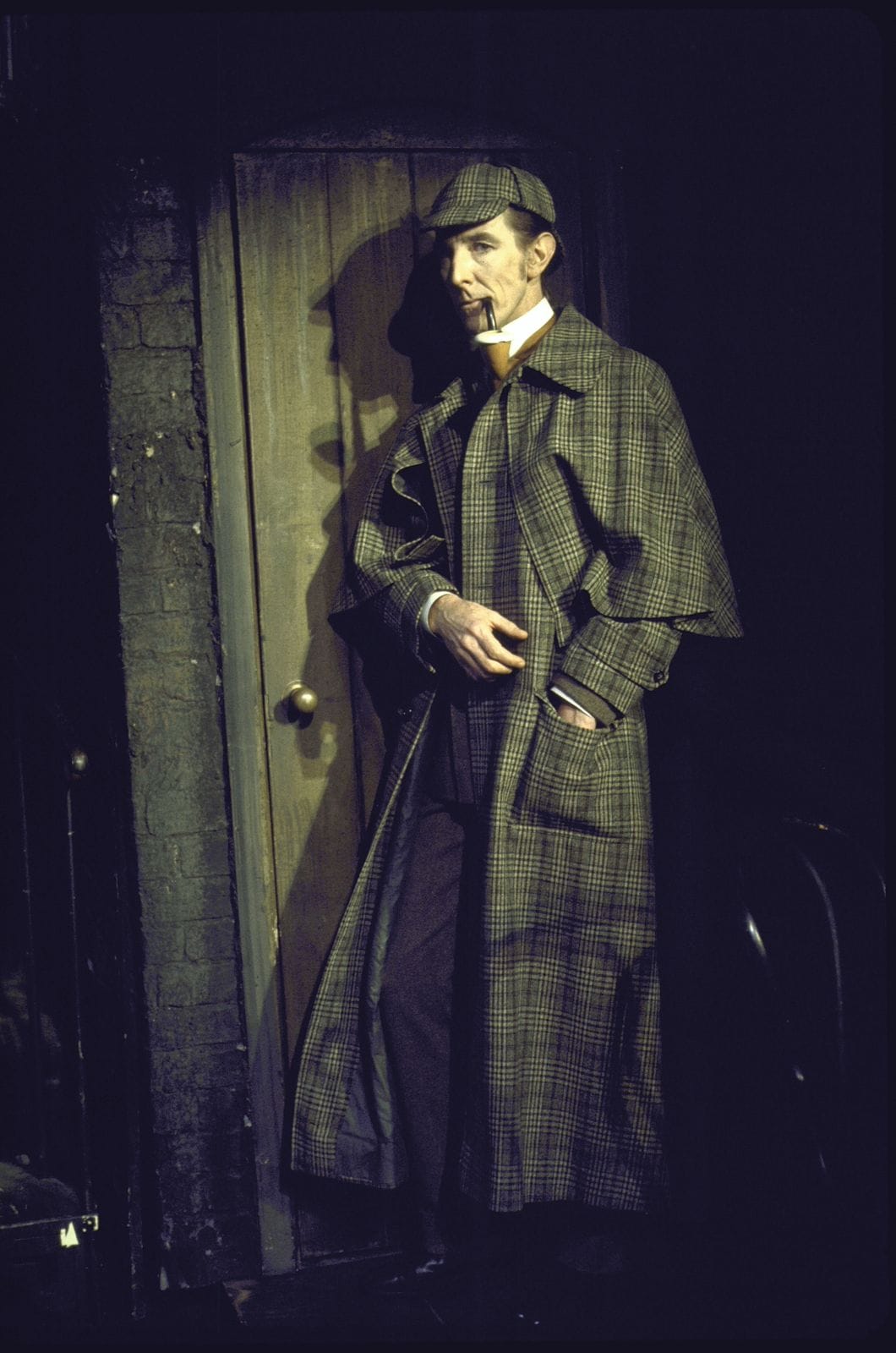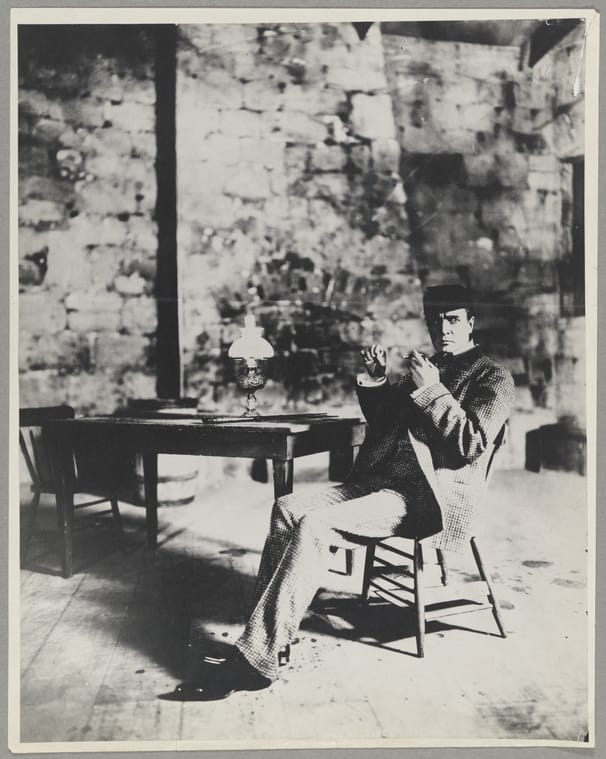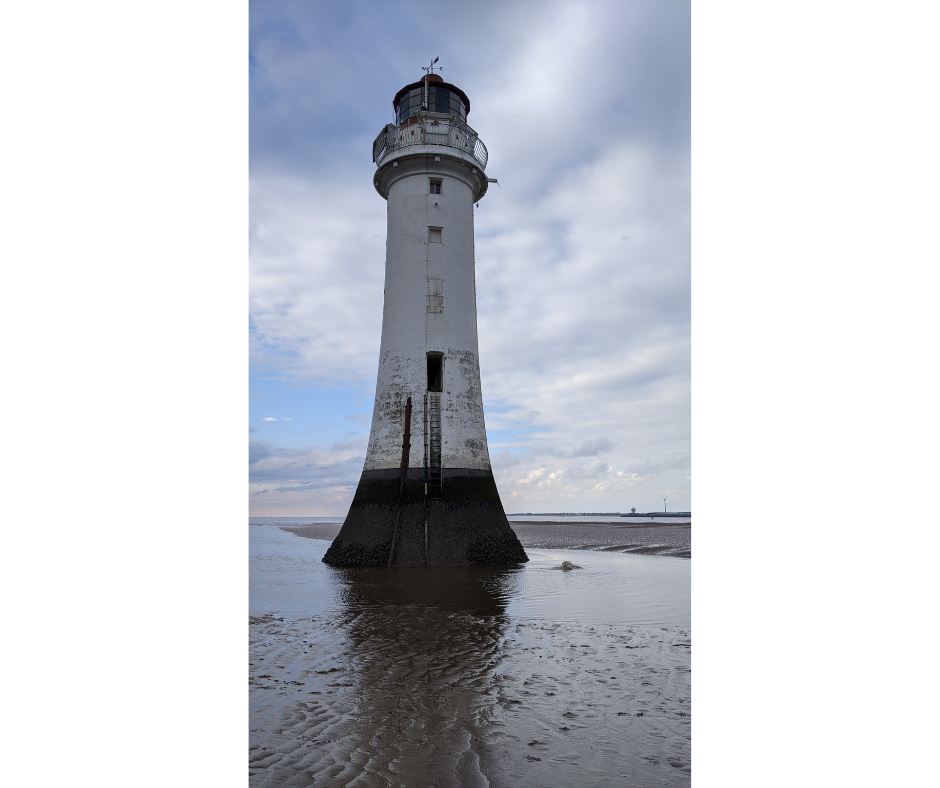Inside The Poison Book
Dear friends,
It was last autumn, when I was rereading Agatha Christie's The Mysterious Affair at Styles for the Green Penguin Book Club episode on that book, that I began to wonder what the point of the "poison book" really was.
I'm sure you have come across this phenomenon in Christie and other golden age detective fiction too: a character wants to buy a poison and in order to do so she must put her name and address in a book or register kept by the retailer. Often this entry is later shown to be falsified by the subsequent murder investigation, but there never seems to be any serious penalty for this fraud. It's usually just one clue among many others and it didn't seem to be a deterrent to any would-be poisoners. So why do these books even exist?
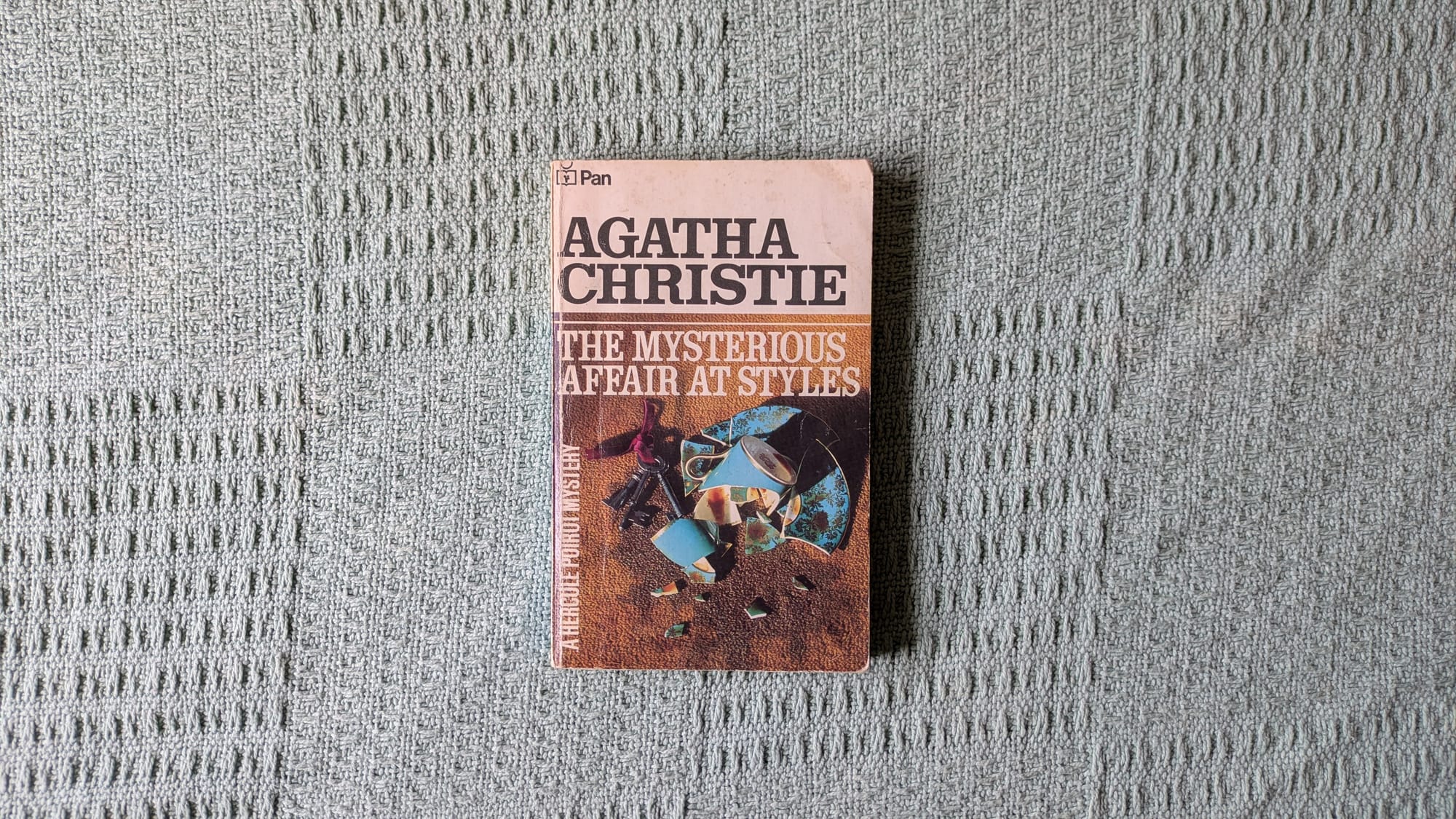
To find out, I asked Dr Kathryn Harkup, chemist and author of science books including V is for Venom: Agatha Christie's Chemicals of Death, to return to the show to guide me through the twists and turns of nineteenth century pharmaceutical regulation in Britain. Because that is where the poison book originated — with the Arsenic Act of 1851.
Partially in response to arsenic's growing reputation as a deadly and highly available domestic poison, the government made its first attempt to curb who could get their hands on dangerous chemicals. As you'll hear in today's new episode, two more laws followed in the subsequent decades which tried (with limited success) to improve the situation. But by the time the books you'll hear us talking about (see below!) were published in the 1920s and 1930s, the poison book was still such an accepted part of the British shopping experience that interwar crime writers felt no need to explain it to their readers.
As Kathryn and I were planning this episode, we went back and forth on whether it made more sense to look at this subject in terms of the legislative chronology or through the golden age detective fiction in which the poison book appeared. Ultimately we decided to go through the laws in order and talk about the different questions that arose in each novel as we came to them. I thought I might just give you a little taster of the books we covered here before you dive into the full episode.
Obviously we talked about The Mysterious Affair at Styles, with its fiendish poisoning plot and clever use of the poison book. But we also covered Strong Poison by Dorothy L. Sayers in some detail, since the poison book is a major piece of evidence in the trial of Harriet Vane with which the novel opens. Vane, of course, is accused of poisoning her former lover with arsenic, and her defence is complicated by the fact that she freely admits she had been buying the drug and signing false names for it as part of research for a novel! During our conversation, Kathryn wondered whether Dorothy L. Sayers had ever tested this out for herself, and now I can't stop thinking about this myself. She was so keen on accuracy...
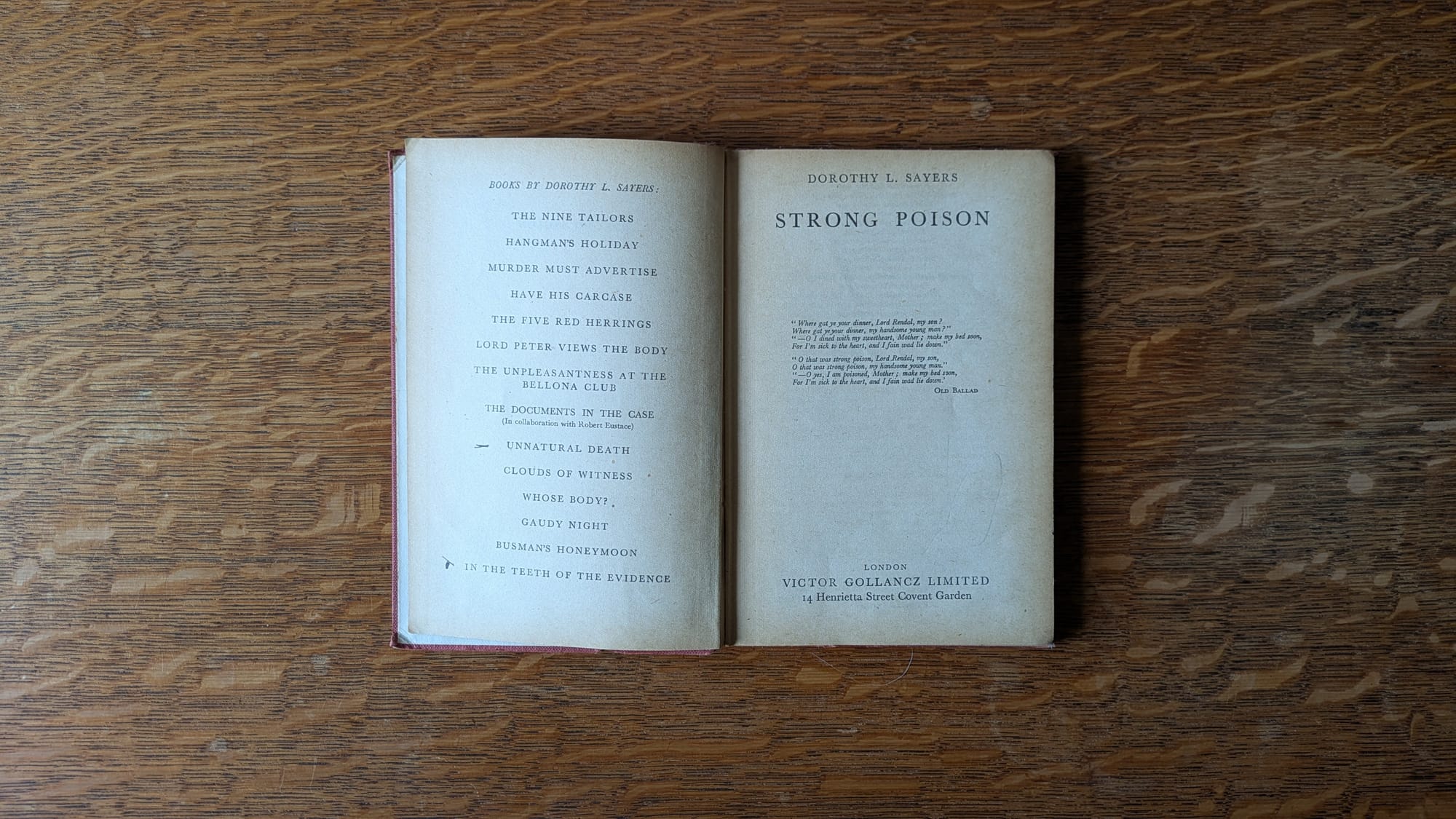
Another title I greatly enjoyed diving into for this episode was Family Matters by Anthony Rolls (keen newsletter readers may remember me mentioning this in our most recent "Reading Recommendation" post). I've never read anything like the poisoning plot in this book and it was fascinating to hear Kathryn's take on the science of it. It also demonstrates another way in which the poison book system was ineffective at preventing crimes. At least one of the substances in this story is known to be highly toxic yet is exempted from the provisions of the law, making it freely available to purchase everywhere. Gulp.
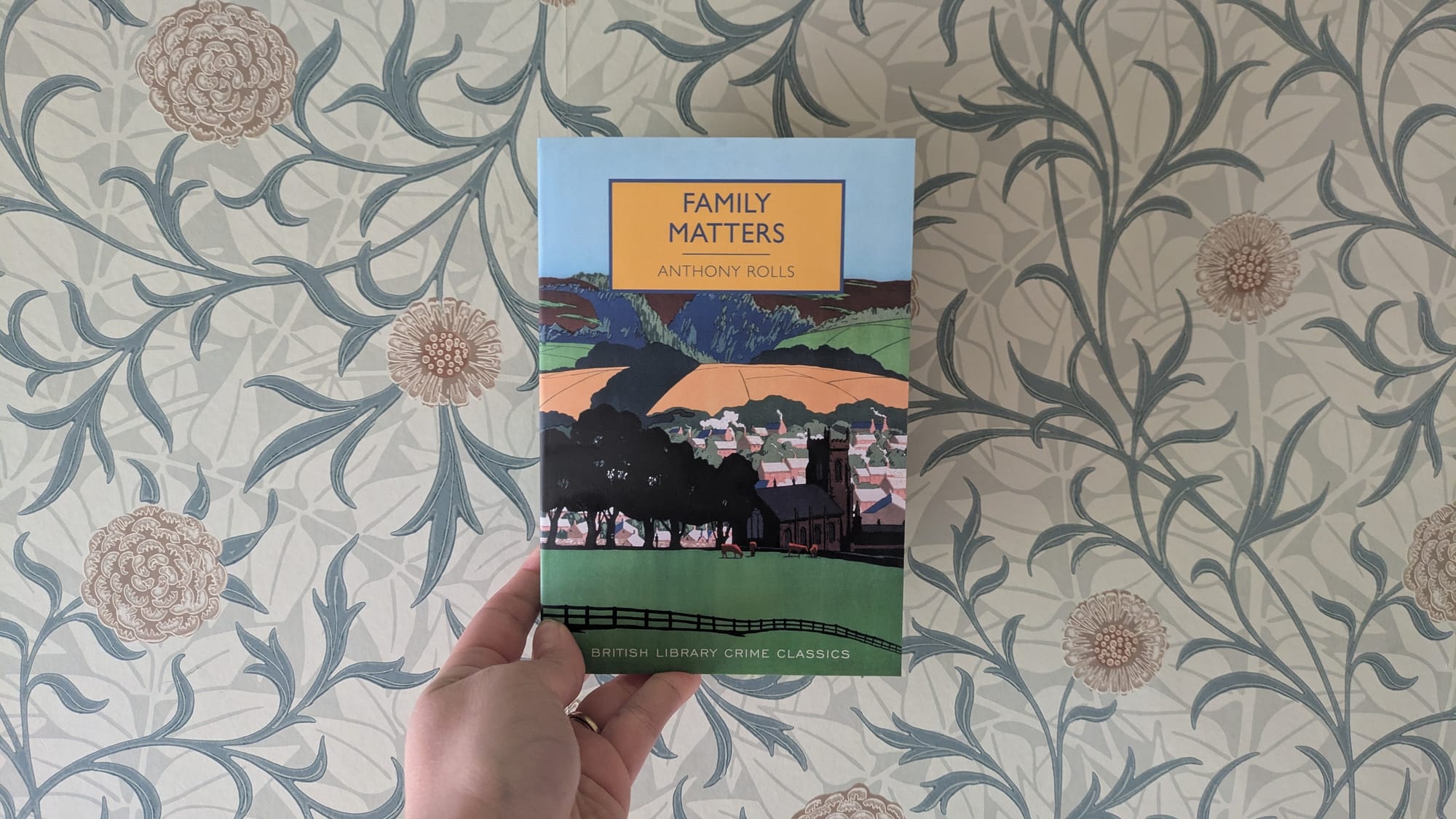
With so much discussion of arsenic, we had to delve into The Wychford Poisoning Case by Anthony Berkeley too. Aside from a couple of bizarre spanking-based scenes (!), this novel is an excellent retelling of the Florence Maybrick case from the 1880s. Berkeley relocates it from Liverpool to the Home Counties and updates the period to the 1920s, but keeps the "too much arsenic" problem that was central to the real-life case.
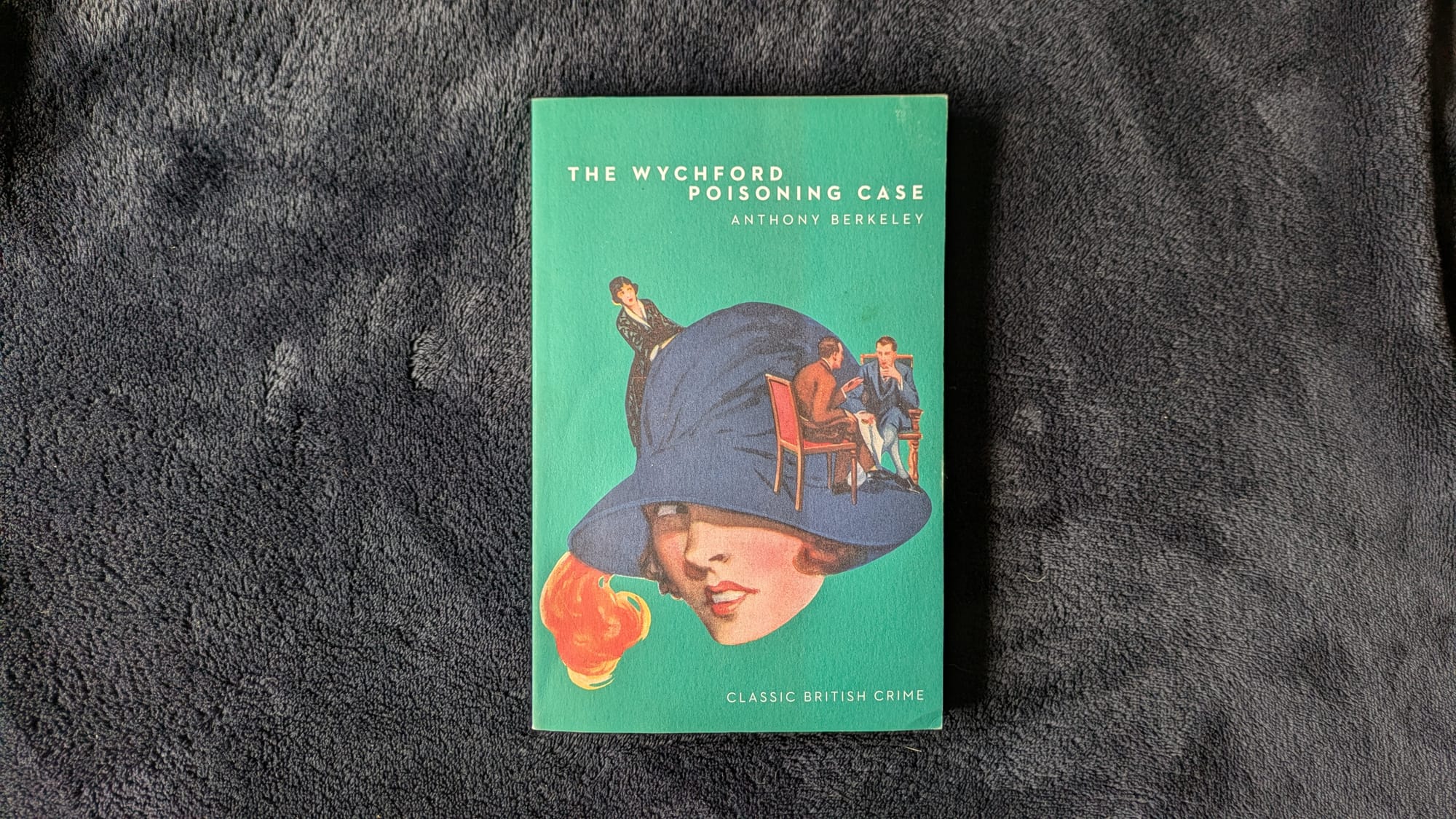
My memories of this book from when I made the Anthony Berkeley episode with Martin Edwards back in 2020 were that it wasn't that good, but I was pleasantly surprised when I revisited it last month. Some of Roger Sheringham's antics did make me roll my eyes, but Berkeley's facility with turning actual murders into clever fiction was more impressive this time round.
As an extra bonus for loyal newsletter readers who have made it this far, I thought I would also flag a short story that we did discuss, but that had to be cut from the main episode for time. This is “The Boat Race Murder” by David Winser from 1942, which can be found in the British Library Crime Classics anthology Setting Scores. This features the misuse of a patent medicine and the falsification of a poison book... David Winser was both a rowing blue and a medical student, so it's safe to assume that at least some of this story drew on his own experiences. He was sadly killed in action in WW2 in 1944 and so did not live to write more crime fiction, but this story is well worth looking up, I recommend it.
And do let me know as you are reading around the classic crime genre if you discover any other interesting instances of the poison book in golden age detective fiction. I have a feeling that I am only at the beginning of my obsession with this...
Until next time,
Caroline
You can listen to every episode of Shedunnit at shedunnitshow.com or on all major podcast apps. Selected episodes are available on BBC Sounds. There are also transcripts of all episodes on the website. The podcast is now newsletter-only — we're not updating social media — so if you'd like to spread the word about the show consider forwarding this email to a mystery-loving friend with the addition of a personal recommendation. Links to Blackwell’s are affiliate links, meaning that the podcast receives a small commission when you purchase a book there (the price remains the same for you).

